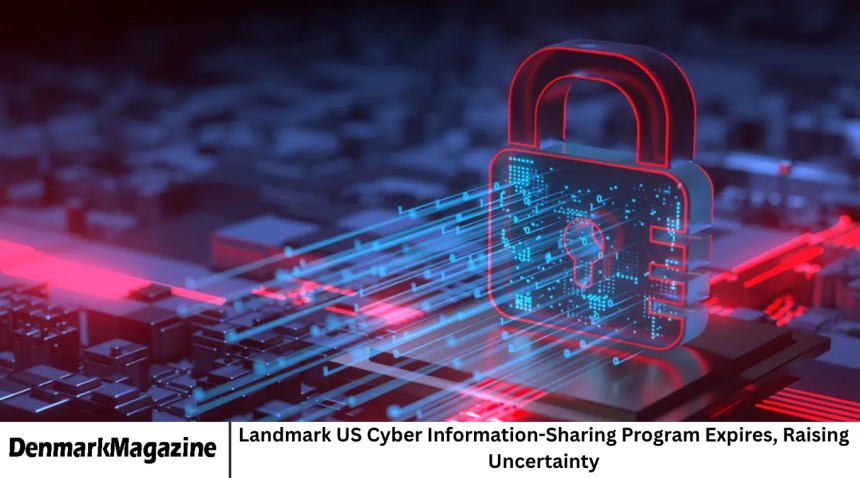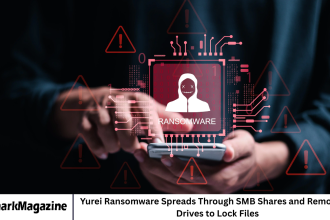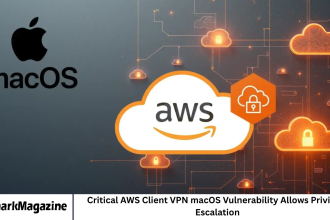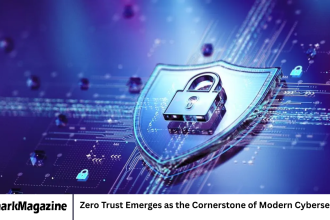A landmark cybersecurity information-sharing program between the U.S. government and private sector has officially expired, creating uncertainty about how organizations will continue to share critical threat intelligence. The program, which was launched nearly a decade ago, served as a cornerstone for improving national cybersecurity resilience by fostering collaboration and transparency between federal agencies and businesses.
- Background of the Program
- Why the Program Expired
- Concerns from the Cybersecurity Community
- Government and Industry Reactions
- The Role of Information Sharing in National Security
- Potential Consequences of the Lapse
- Possible Next Steps for Lawmakers and Agencies
- A Global Perspective
- The Path Forward
- Frequently Asked Questions
- Conclusion
With its expiration, experts warn that the absence of a clear replacement could slow down the exchange of real-time cyber threat information, potentially leaving both government systems and private networks more vulnerable to attacks.
Background of the Program
The U.S. cyber information-sharing initiative was created to bridge the gap between federal cybersecurity intelligence and private sector awareness. The goal was simple but ambitious — to ensure that when one entity detected a cyber threat, others could be alerted quickly enough to prevent similar incidents elsewhere.
The program operated under the framework of the Cybersecurity Information Sharing Act (CISA) of 2015, which encouraged companies to share cyber threat indicators with the Department of Homeland Security (DHS) and, in return, receive valuable intelligence about ongoing cyber threats from the government.
This cooperation became a key defense mechanism against a surge in ransomware attacks, state-sponsored cyber espionage, and large-scale breaches affecting critical infrastructure, healthcare systems, and supply chains.
Why the Program Expired
According to U.S. officials, the program’s expiration was the result of a combination of administrative deadlines and the failure to renew key legislative provisions in time. Although discussions were held to extend or reform the initiative, political gridlock and shifting priorities delayed progress.
As a result, the program officially lapsed, leaving a temporary gap in structured information-sharing processes. While federal agencies such as the Cybersecurity and Infrastructure Security Agency (CISA) continue to collaborate with the private sector through other mechanisms, experts say the absence of this specific framework could slow communication during emerging threats.
In simple terms, without an established platform or legal protection, companies may now hesitate to share cyber threat data for fear of liability or regulatory repercussions.
Concerns from the Cybersecurity Community
Cybersecurity experts and private sector leaders have expressed concern that the expiration of the program could weaken the nation’s collective cyber defense posture. Many companies relied on the system to receive timely alerts about vulnerabilities, malicious IP addresses, and ransomware campaigns.
Without a formal structure, these organizations may find it more difficult to receive verified intelligence or may turn to less secure, ad hoc channels for sharing information. This could lead to delays in detecting coordinated attacks or breaches.
Some analysts also fear that the expiration could discourage smaller companies — which often lack advanced cybersecurity resources — from engaging in information-sharing efforts altogether.
Government and Industry Reactions
The Department of Homeland Security and the Cybersecurity and Infrastructure Security Agency have acknowledged the program’s expiration but reassured partners that cybersecurity collaboration will continue through other channels.
A DHS spokesperson emphasized that “information sharing remains a core element of the nation’s cyber defense strategy” and confirmed that new frameworks are under review to replace or modernize the expired system.
Industry representatives, however, have urged lawmakers to act quickly. Major cybersecurity firms and business associations have called for clearer guidance on liability protections and standardized reporting protocols to maintain trust and participation between public and private entities.
The Role of Information Sharing in National Security
Information sharing is a critical element of modern cybersecurity defense. Cyber threats evolve rapidly, often crossing industries and national borders within hours. The ability to exchange accurate, real-time threat intelligence enables organizations to patch vulnerabilities, identify attacks early, and respond effectively.
In the context of national security, collaboration between government agencies and the private sector is essential. Many critical systems — such as energy grids, transportation networks, and healthcare infrastructure — are owned or operated by private companies. Without shared intelligence, these sectors could become easy targets for adversaries.
Experts agree that no single organization can defend itself against all cyber threats in isolation. Collective defense — where knowledge of one attack helps prevent another — remains the most effective approach to protecting digital ecosystems.
Potential Consequences of the Lapse
The lapse of the information-sharing program could have several short-term and long-term consequences. In the immediate term, it may lead to slower dissemination of critical cyber threat data, especially during fast-moving incidents like ransomware attacks or zero-day exploits.
In the longer term, the absence of clear frameworks for collaboration could undermine trust between the government and private sector, making it more difficult to coordinate future responses.
Moreover, adversarial nations and cybercriminal groups could exploit this period of uncertainty to launch more aggressive or coordinated attacks, knowing that communication lines among U.S. defenders are temporarily weakened.
Possible Next Steps for Lawmakers and Agencies
Policymakers are already discussing options for restoring or replacing the expired program. Some propose extending the original framework with updated provisions, while others advocate for an entirely new model that reflects the changing cybersecurity landscape.
One proposal under consideration involves creating a digital threat-sharing hub led by CISA, where government and private partners can exchange data securely and anonymously. Another approach would focus on automating data exchange through artificial intelligence and machine learning to speed up detection and response times.
Whichever model is chosen, experts stress the importance of including liability protections, transparency standards, and incentives for participation. Without these safeguards, many companies may remain reluctant to share sensitive cyber data.
A Global Perspective
The expiration of the U.S. program also has global implications. Many allied nations looked to the American model as a benchmark for public-private cyber cooperation. Countries such as the UK, Australia, and Japan have implemented similar initiatives to enhance their own national resilience.
If the U.S. fails to reestablish an effective framework, it could weaken international information-sharing partnerships and coordination on cross-border cyber threats. Given the global nature of cybercrime, disruptions in intelligence flow between allied nations could hinder efforts to combat large-scale attacks.
The Path Forward
Restoring a formal information-sharing structure will be critical for the U.S. to maintain strong cyber defenses. Experts recommend that any new system be designed with modern threats in mind, prioritizing automation, real-time analytics, and interoperability across sectors.
The future framework should also aim to build greater trust between government and private industry. This can be achieved through transparency, accountability, and mutual benefit — ensuring that both sides gain value from the exchange of information.
The lapse provides an opportunity for policymakers to rethink and modernize how cyber intelligence is managed and shared. By integrating lessons learned from the past decade, the next version of the program could become even more resilient and adaptive to emerging threats.
Frequently Asked Questions
What was the U.S. cyber information-sharing program?
It was a government initiative that allowed private companies and federal agencies to share cyber threat data to strengthen national cybersecurity.
Why did the program expire?
The program expired due to legislative inaction and administrative delays in renewing key provisions before their expiration date.
Who was involved in the program?
Participants included federal agencies such as the Department of Homeland Security and private organizations across industries like finance, energy, and healthcare.
How does its expiration affect cybersecurity?
Without a formal framework, information-sharing may slow down, making it harder for organizations to detect and respond to cyber threats quickly.
Is the government planning to replace the program?
Yes, officials have confirmed that discussions are underway to develop a new or improved framework for cyber information-sharing.
How did the program help private companies?
It provided businesses with timely intelligence on emerging cyber threats, helping them strengthen defenses and prevent attacks.
What should organizations do now?
Until a new system is in place, organizations should continue collaborating with cybersecurity partners, monitor advisories from CISA, and maintain proactive defense measures.
Conclusion
The expiration of the landmark U.S. cyber information-sharing program marks a significant moment in the nation’s cybersecurity landscape. While the move has raised concerns about slower information flow and weakened defense coordination, it also opens the door to reform and modernization.
Cyber threats are constantly evolving, and collaboration remains the most powerful defense. The U.S. must act swiftly to rebuild a trusted and efficient mechanism that bridges public and private sector efforts. Whether through an updated version of the old framework or an entirely new initiative, the future of national cybersecurity depends on continued cooperation and shared vigilance.









